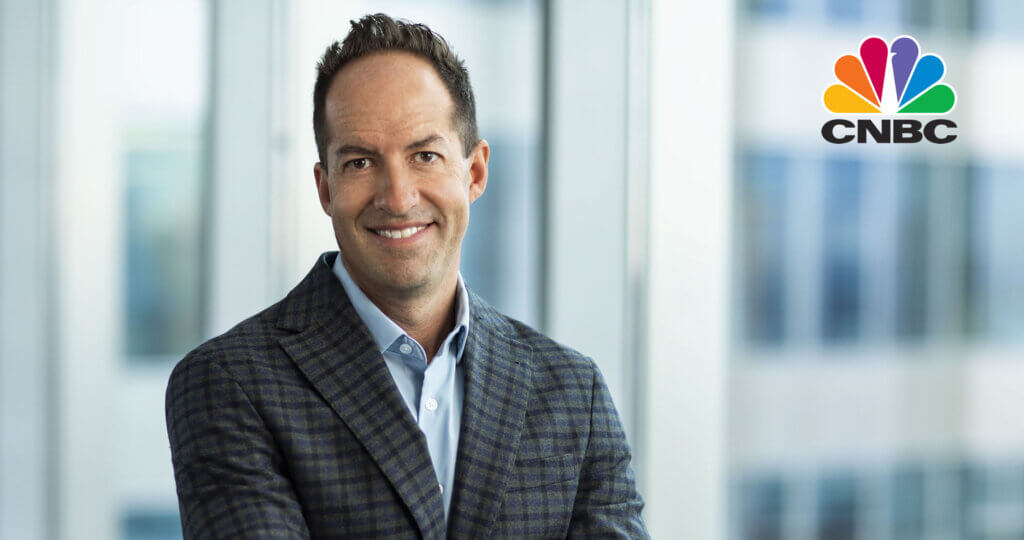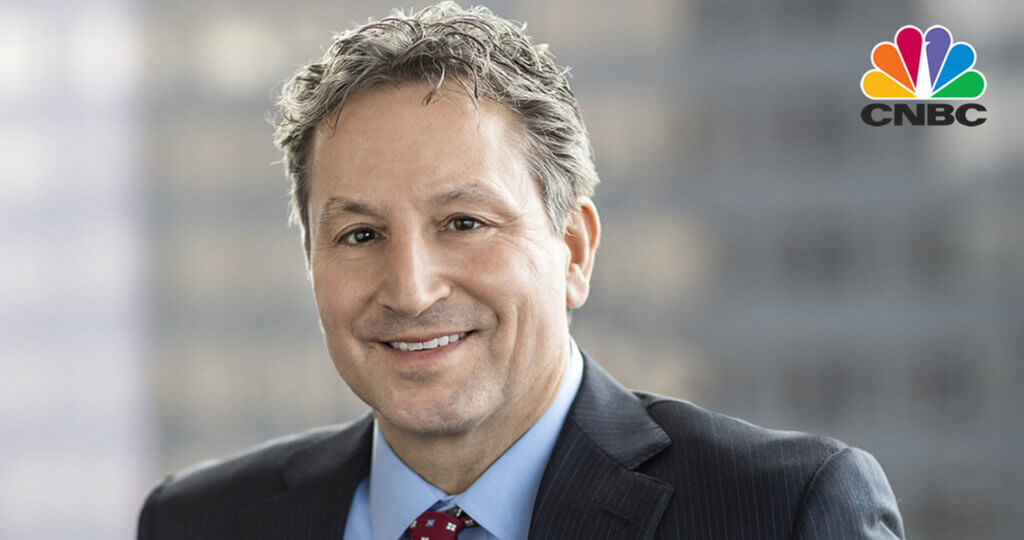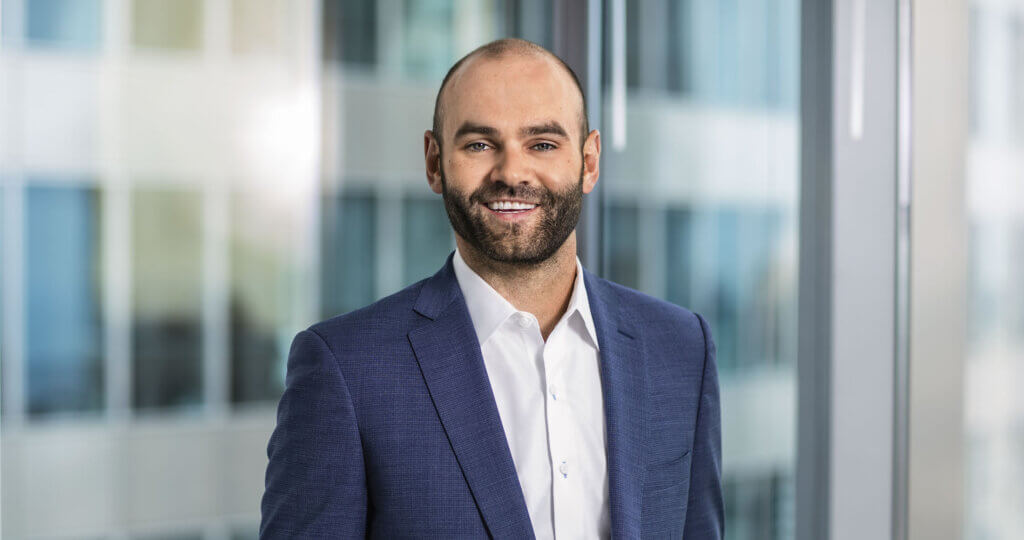Oakmark Global Fund - Investor Class
Average Annual Total Returns 09/30/14
Since Inception 08/04/99 11.24%
10-year 9.27%
5-year 11.45%
1-year 6.70%
3-month -4.32%
Gross Expense Ratio as of 09/30/13 was 1.13%
Past performance is no guarantee of future results. The performance data quoted represents past performance. Current performance may be lower or higher than the performance data quoted. The investment return and principal value vary so that an investor’s shares when redeemed may be worth more or less than the original cost. To obtain the most recent month-end performance data, view it here.
It was the Best of Times/It was the Worst of Times
Once again we begin our report commenting on the unusual divergences that characterized the most recent quarter’s investing environment. International politics have, if anything, gotten worse over the past three months with the possible exception of the conflict in Ukraine. European economies continue to show minimal growth, China appears to be decelerating and the Japanese domestic economy is still recovering from a large sales tax increase. Meanwhile, the U.S. rebounded from its first quarter downturn, and this economic performance combined with Federal Reserve actions inspired a strong rally in the dollar. The end result for the quarter was a modest positive outcome in the U.S. and losses elsewhere. Over the intermediate term, a wide gap in returns has developed, which reflects the U.S. economy’s outperformance.
For the quarter the Oakmark Global Fund declined 4%, which compares to the MSCI World Index’s decline of 2% in the period and the Lipper Global Fund Index’s decline of 3%. For the first nine months of 2014 the Fund has gained 1%, which contrasts to 4% for the MSCI World Index and 3% for the Lipper Global Fund Index. For the Fund’s fiscal year ended September 30, the returns are 7% for the Fund, 12% for the MSCI World Index and 11% for the Lipper Global Fund Index. Since inception in 1999, the Fund has achieved a compound annual rate of return of 11%, which compares to 4% for the MSCI World Index and 5% for the Lipper Global Fund Index.
We hate to have to repeat what we wrote in the previous quarter’s report, but the situation requires us to do so. The Fund’s return shortfall versus its MSCI benchmark in the fiscal year derives from two factors: country allocation and issue selection. We have been underweight in the United States, which was by far the strongest large market and only market aside from Israel to show a positive return in the quarter. Our stock selections in Europe (except for France) have lagged as well. The Fund’s U.S. results have been favorable in both relative and absolute terms. We have tended to cut back U.S. holdings with strong price momentum in order to purchase cheaper international issues. This rebalancing is what an investor in the Fund should expect from value managers, but to date the impact has detracted from return. It should also be remembered that the Global Fund is relatively focused with 44 holdings. A small number of holdings with exceptional results can disproportionately affect outcomes. Over the past fiscal year six of the Fund’s U.S. holdings generated returns that exceeded 30%, while two of the Fund’s Dutch holdings lost more than 30%. If history is any guide, these performance imbalances are likely to correct, and we are working to position the portfolio accordingly.
For the quarter the only country that contributed positively to the Fund’s return was the U.S., while the leading detractors were the Netherlands, Germany and Switzerland. The five largest contributors to Fund return in the quarter were Tenet Healthcare (U.S.), Bank of America (U.S.), Julius Baer Group (Switzerland), Intel (U.S.) and Union Pacific (U.S.). The Fund holdings that detracted most were Fugro (Netherlands), CNH Industrial (Netherlands), Rheinmetall (Germany), Daimler (Germany) and General Motors (U.S.).
For the calendar nine months the U.S. and Australia contributed to investment return, while the Netherlands, the United Kingdom and Switzerland detracted most. Leading contributors to return were all from the U.S.: Health Net, Tenet Healthcare, Union Pacific, Intel and Applied Materials. Fugro, CNH Industrial, General Motors, Daiwa (Japan) and MasterCard (U.S.) detracted from return. Finally, for the Fund’s fiscal year, which began October 1 2013, the countries that contributed most to return were the U.S., Japan and Switzerland, and the Netherlands, Korea and France detracted the most. Once again the largest return contributors were for the fiscal year all U.S.-domiciled: FedEx, Union Pacific, Tenet Healthcare, Intel and Oracle. CNH Industrial led the detractors, followed by Fugro, Hirose Electric (Japan), Credit Suisse Group and General Motors.
Fugro has the unfortunate distinction of having the largest drop and being the worst contributor to performance for the quarter and year to date. As such we felt it deserved more explanation. This Netherlands-domiciled geological engineering company released a profit warning in July, indicating that first-half margins would be in the low single digits (lower than both market and our expectations) and that it would be booking EUR 300-350 million of impairments in its subsea joint venture and multi-client library. These disappointments caused the share price to decline over 40% during July. The very weak first half results were a culmination of both a soft end market (a majority of Fugro’s profits are derived from the offshore oil and gas market) and a number of company-specific operational issues. The slowdown in offshore E&P (exploration and production) spending will likely continue through the remainder of ’14 and likely continue into ’15 and possibly beyond. We have adjusted our forecasts and estimates of intrinsic value to reflect this lower growth environment. However, longer term, we believe that off-shore capital expenditure trends will eventually improve as oil demand continues to increase moderately, while production from existing fields continues to decline. We continue to remain shareholders of Fugro because of its dominant positions in a number of niche businesses that should benefit from an eventual recovery in offshore E&P spending.
Portfolio Activity
We initiated two new positions in the September quarter, and we eliminated our small holding in NOW, which National Oilwell Varco spun off late in the previous quarter. Both purchases hail from Europe, and the sale was from the U.S. Nevertheless, the period’s unusual investment returns caused the U.S. portfolio allocation to increase by 2%. Of course, the same phenomenon has taken place in the MSCI World Index, meaning that the Fund’s U.S. underweight position relative to that benchmark did not change.
BNP Paribas has been on our Approved List for some time and has been a significant holding in the Oakmark International Fund. We added the French bank to the Oakmark Global Fund in July after the company pled guilty to providing U.S. dollar denominated financial services to countries that were blacklisted by the U.S. government, which resulted in an USD 8.9 billion settlement with the U.S. Department of Justice. Despite the larger than expected fine, our investment thesis for BNP remains intact. BNP is a globally diversified financial institution that produces roughly USD 18 billion in profits annually (before accounting for bad debt reserves), generates ample cash flow and has excess regulatory capital on its balance sheet. We paid less than book value for our stake and believe BNP’s strong balance sheet and high underlying profitability should help mitigate downside risk.
Richemont is the other new purchase in the Fund. Long-term holders of the Fund will remember we owned this luxury goods company, owner of Cartier and Montblanc, during the Great Recession when many feared that luxury brands were dead and that even high-end consumers would not spend again. Clearly, this didn’t happen, and Richemont was a profitable investment. We sold it, however, in mid-2011 when more cyclical companies got cheap due to fears of another economic crisis in Europe. Recently, Richemont’s share price has weakened due to struggling conditions in emerging markets, namely China. We see this as more temporary than a change in secular demand. According to the Capgemini and RBC Wealth Management’s latest wealth report, the number of high net worth individuals who have at least USD 1 million to invest rose 15% globally in 2013 to a record level. Given positive global economic growth trends, we expect the growth of wealth to continue. These trends should provide a nice tailwind for Richemont’s brands over time. The company has enviable brands, and it generates strong returns and free cash flow. Its management team is also impressive.
Currency Hedges
As noted by the strong appreciation of the Bloomberg Dollar Spot Index, up 6.7% during the third quarter, the U.S. dollar has strengthened versus most global currencies. This is because of the U.S.’s strong relative economic growth outlook, directions in quantitative easing and geopolitical tensions in other parts of the world. As a result, the Australian dollar and the Swiss franc depreciated during the quarter. Our defensive hedge positions of these two overvalued currencies boosted our quarterly performance. We still have 44% of our Australian dollar exposure and 31% of our Swiss franc exposure hedged.
Thank you for being our partners in the Oakmark Global Fund. Please feel free to contact us with your questions or comments.
As of 09/30/14, Tenet Healthcare Corp. represented 2.7%, Bank of America Corp. 3.5%, Julius Baer Group, Ltd. 4.4%, Intel Corp. 2.5%, Union Pacific Corp. 3.4%, Fugro NV 1.4%, CNH Industrial N.V. 2.5%, Rheinmetall AG 1.1%, Daimler AG 2.7%, General Motors Co. 3.1%, Health Net, Inc. 2.6%, Applied Materials, Inc. 2.3%, Daiwa Securities Group, Inc. 2.9%, Mastercard, Inc., Class A 3.1%, FedEx Corp. 2.3%, Oracle Corp. 4.6%, Hirose Electric 1.8%, Credit Suisse Group 4.6%, NOW, Inc. 0%, National Oilwell Varco, Inc. 2.5%, BNP Paribas SA 2.9%, and Richemont SA 0.9% of the Oakmark Global Fund’s total net assets. Portfolio holdings are subject to change without notice and are not intended as recommendations of individual stocks.
As of 09/30/14, BNP Paribas SA represented 3.5%, of the Oakmark International Fund’s total net assets. Portfolio holdings are subject to change without notice and are not intended as recommendations of individual stocks.
Click here to access the full list of holdings for The Oakmark Global Fund as of the most recent quarter-end.
The MSCI World Index (Net) is a free float-adjusted market capitalization weighted index that is designed to measure the global equity market performance of developed markets. This benchmark calculates reinvested dividends net of withholding taxes using Luxembourg tax rates. This index is unmanaged and investors cannot invest directly in this index.
The Lipper Global Funds Index measures the performance of the 30 largest mutual funds that invest in securities throughout the world. This index is unmanaged and investors cannot invest directly in this index.
The Oakmark Global Fund’s portfolio tends to be invested in a relatively small number of stocks. As a result, the appreciation or depreciation of any one security held by the Fund will have a greater impact on the Fund’s net asset value than it would if the Fund invested in a larger number of securities. Although that strategy has the potential to generate attractive returns over time, it also increases the Fund’s volatility.
Oakmark Global and Oakmark International Funds: Investing in foreign securities presents risks that in some ways may be greater than in U.S. investments. Those risks include: currency fluctuation; different regulation, accounting standards, trading practices and levels of available information; generally higher transaction costs; and political risks.
Oakmark Global Fund: The percentages of hedge exposure for each foreign currency are calculated by dividing the market value of all same-currency forward contracts by the market value of the underlying equity exposure to that currency.
The discussion of the Fund’s investments and investment strategy (including current investment themes, the portfolio managers’ research and investment process, and portfolio characteristics) represents the Fund’s investments and the views of the portfolio managers and Harris Associates L.P., the Fund’s investment adviser, at the time of this letter, and are subject to change without notice.





